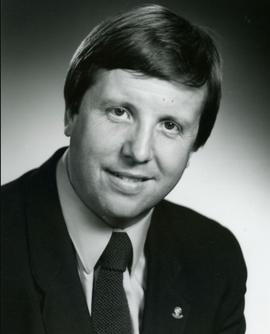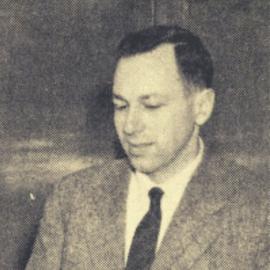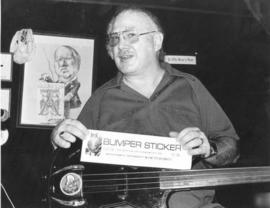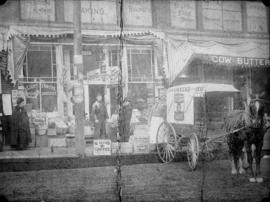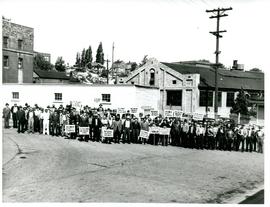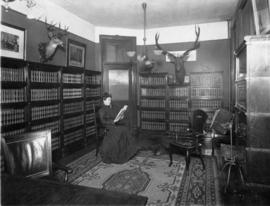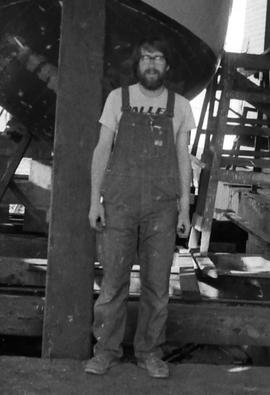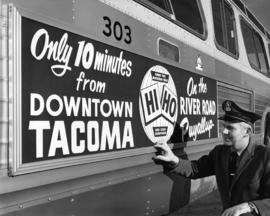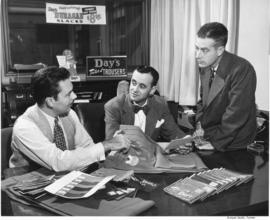In 1888, Dennis Ryan built a smelter on the Tacoma Waterfront of what would become the town of Ruston. Under the leadership of William Rust, the smelter, called the Tacoma Smelting & Refining Company, processed lead. Ran successfully by Rust until 1905, the smelter changed ownership and names when it was sold it to the Guggenheim brother’s company ASARCO (American Smelting and Refining Company) for $5.5 million dollars. In 1912, ASARCO transformed the plant from lead to primarily copper smelting and refining. ASARCO received a lease from the Port of Tacoma in the 1920’s to expand the plant, which contained multiple processing buildings and the smokestack.
The smokestack, an integral fixture in Ruston’s landscape, transformed over the years. In 1905, it measured at 307 feet tall, and following complaints, was raised to 571 feet in 1917 to disperse smoke higher in the air in order to mitigate its impact to the surrounding area. Ruston’s smokestack was the tallest chimney in the world at the time. However, in 1937, following damage from an earthquake, the stack measured 562 feet tall.
ASARCO owned and operated the smelter until 1985, when it shut down the Tacoma smelter due to the falling price of copper. The smelter played an important role in the economy of Ruston and the South Sound area. Tacoma News Tribune reports that, “the Asarco plant had employed more than 1,300 workers at its peak” [1]. and the Tacoma Daily Index reports that “for most of its years in operation, it provided about 40% of Ruston’s tax revenues” [2]. Additionally, the operation of the smelter created unique environmental impacts in the surrounding areas. Throughout the years of operation, the smelter emitted arsenic both into the air and the soil, and the refining process included pouring molten slag into commencement bay. This resulted in the smelter being designated as a federal superfund site in 1987 [3]. The Washington Department of Ecology explains, “In the mid-1990s, the Environmental Protection Agency (EPA) required Asarco to start cleanup work in the Ruston/North Tacoma Study Area under the Superfund program” [4]. The process of this clean-up included demolishing the old smelter buildings, alongside replacing and capping the soil in and around the smelter site.
In January of 1993, in front of a crowd of nearly 100,000 onlookers, the smokestack was demolished with dynamite. The Tacoma News Tribune reported that, “The 75-year-old chimney was dropped in its tracks Sunday by strategically placed explosive charges that knocked away its underpinnings. Crushed by its own weight, the stack crumbled into a 250-foot-long pile of bricks, interspersed with metal bands and a few chunks of masonry up to 15 feet across” [5]. The demolition of the smokestack changed Ruston’s landscape as ASARCO continued the government-mandated clean-up process that would continue on for years. The Tacoma News tribune reports that, “In 2004, workers demolished the last building and finished burying the worst of the contaminated materials in a huge pit” [6]. Additionally, throughout this time, the neighborhoods and public parks in proximity to the smelter were being offered both soil testing and replacement. The Tacoma News Tribune reports that, “from 1993 to 2011, Asarco and the EPA lab-tested 3,570 properties’ soils for pollution, and 2,436 of them had at least a section of soil replaced” [7].
In addition to cleaning up yards, construction began in 2006 on the emerging commercial and residential hub of Point Ruston. Cleanup continued of the surrounding area, and Washington State received a settlement of $188.5 million from ASARCO’s bankruptcy claim in 2009, with $95 million initially set aside for the continued clean-up of the smelter [8]. In 2013, $5 million of these funds were put towards the Metro Trails Project, allowing for the contaminated soil to finish being capped, and the opening of the Dune Peninsula of Point Defiance Public Park opening in July 2019. Today, Point Ruston consists of restaurants, shops, residential facilities, and a walking path alongside Commencement Bay.
